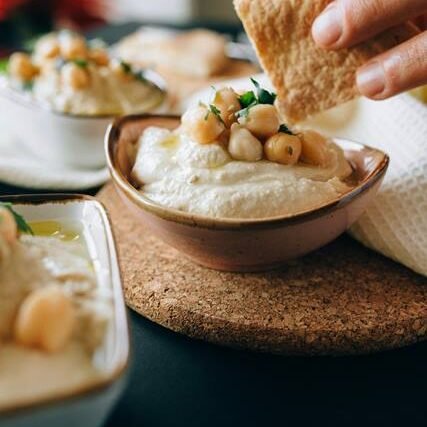Mastering Food Temperaments: Tips for Balancing Warm and Cold Dishes
Understanding the temperament of foods is a cornerstone of traditional dietary wisdom. Each ingredient carries a natural quality—warm or cold—that influences the overall temperament of a dish. Mastering this concept allows you to create meals that not only satisfy your taste buds but also promote balance and well-being. Here's how you can identify food temperaments and craft harmonious dishes.
How to Identify the Temperament of Foods
To classify a dish’s temperament, focus on the dominant qualities of its ingredients.
- Warm Ingredients: Ingredients that generate warmth in the body.
- Cold Ingredients: Ingredients that cool the body.
Examples:
- Fesenjan (Persian Walnut Stew):
- Ingredients: Walnuts (warm), salt (warm), pomegranate paste or tomatoes (cold).
- Dominant Temperament: Warm, due to the walnuts.
- Spinach Borani:
- Ingredients: Spinach (cold), yogurt (cold).
- Dominant Temperament: Cold, enhanced by yogurt’s sourness.
Pro Tip:
Yogurt with higher fat content (e.g., buffalo yogurt) has a milder cooling effect than sour or low-fat yogurt.
Creating Balanced Dishes
Balancing the temperament of a dish involves thoughtful ingredient combinations. Here's an example:
Barley Soup:
Barley is naturally cold in temperament. To balance it:
- Add warm grains: Wheat, which is temperate and warming.
- Use warm oils: Animal fats, sesame oil, or olive oil instead of cold vegetable oils.
- Incorporate warming herbs and spices:
- Greens: Mint, savory, parsley, red onions, leeks.
- Spices: Black pepper, turmeric, cumin, salt, cinnamon.
Important Note:
While spices can elevate your dish and provide warmth, excessive use can lead to heat and dryness. Use them in moderation for a harmonious balance.
Why Balancing Food Temperaments Matters
Balanced dishes lead to:
- Improved digestion.
- Enhanced energy levels.
- Overall well-being.
Experiment with ingredients and techniques to create flavorful dishes that align with your body’s unique needs. By mastering food temperaments, you’ll not only enhance the culinary experience but also support a healthier lifestyle.
Transform your meals into a symphony of flavors and balance—one dish at a time.



